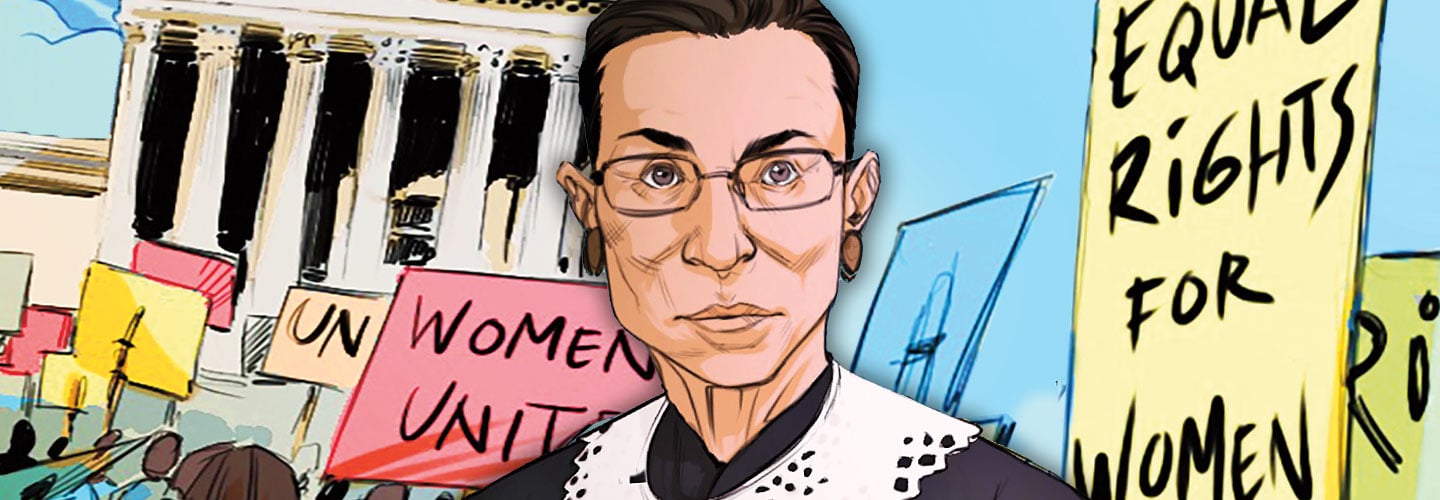Ruth Bader Ginsburg looked around her college classroom. The year was 1956. There were more than 500 students in her class at Harvard Law School. Only nine were women.
Ginsburg was born in 1933 in Brooklyn, New York. She grew up in a time when men could become anything they wanted. But there were few options for women who wanted to work outside the home. She would help change that.

